UPDATE: PHYTOPHTHORA FILE
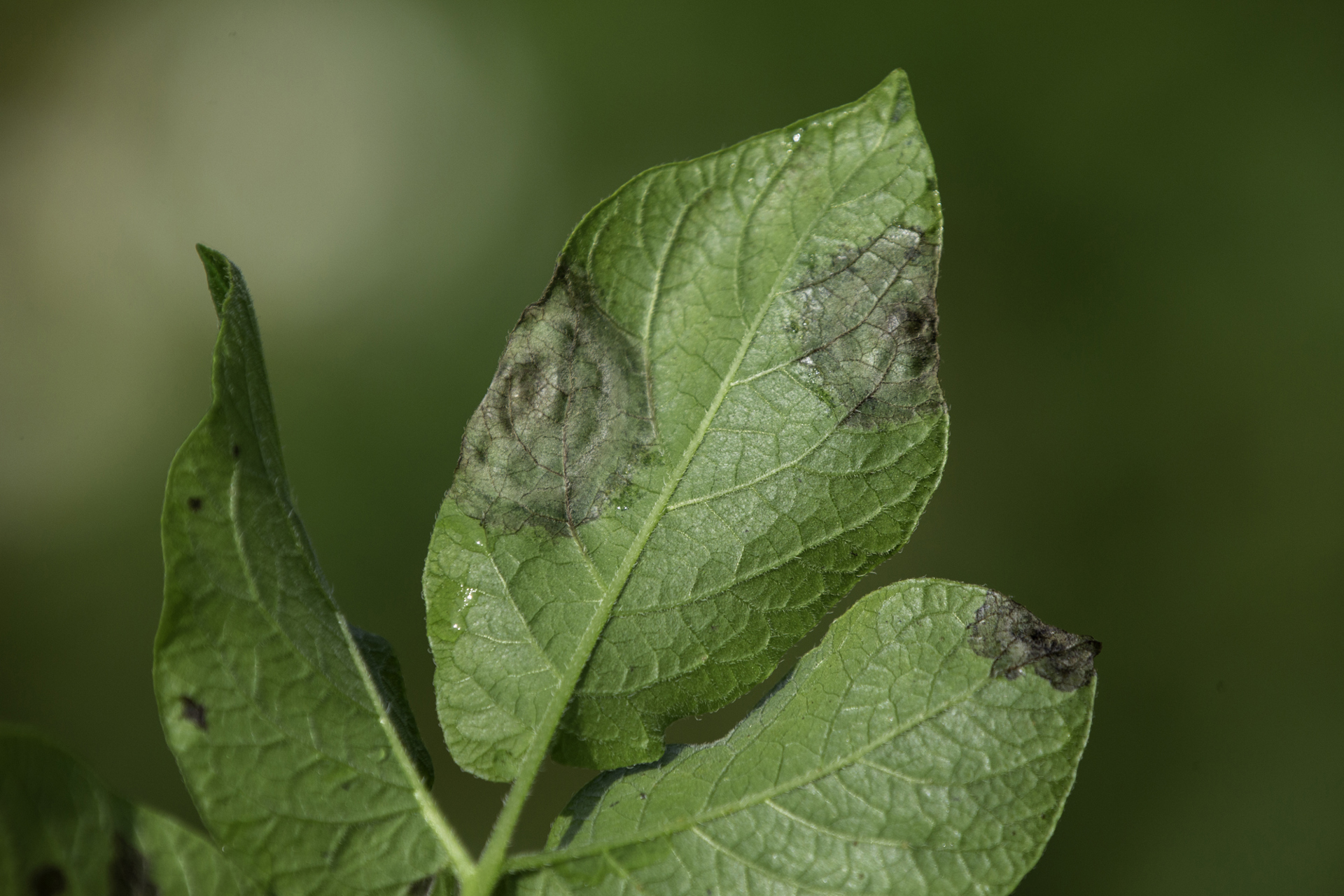
Bringing nuance to the debate on Phytophthora and Next Generation varieties
This article was published in Potato Magazine, issue 43 (April 2024), and was written by Sjefke Allefs, Head of R&D at Agrico Research.
Following a year marked by widespread problems caused by late blight and frequent disappointments in the performance of late-blight-resistant varieties, this topic has received considerable attention in the trade journals. Articles often paint a dramatic picture, suggesting that a new season requires an almost titanic battle to keep the situation under control. I felt it was time to provide a more balanced perspective and clarify where our viewpoints differ from other experts in the field, particularly in terms of pathogen strains, resistance genes and the role of Next Generation varieties.
Late blight once again in the spotlight
Recently, there have been considerable discussions in the trade media about how to control this disease. There is growing concern that it will be difficult to control late blight in the 20204 season due to the high prevalence of the disease in 2023 and the presence of strains that have become resistant to commonly used crop protection products. At the same time, it’s also assumed that little can now be expected from resistant varieties, as it is believed that all resistances in those varieties have been broken.
Agrico had already recognized the need to provide a more balanced perspective for its growers in response to this growing concern. This information can be accessed on our website using the link at the end of this article.
The relationship between potatoes and late blight has been the focus of intensive scientific research for over 150 years and we have an extensive understanding of this disease. Nevertheless, it appears to be difficult for many in the industry to speak about the issue with clarity. I have observed that the complicated reality is often reduced to a few broad generalizations, which then take on a life of their own and are repeated over and over again. In this article, I aim to focus on those aspects where we, as potato breeders, have differing views from experts in the wider sector. Since some may assume that Agrico has a vested interest in promoting its Next Generation varieties, and therefore might not always be objective, I’ve included numbered references to scientific sources that I believe support my views. These references can be accessed via the link at the end of this article.
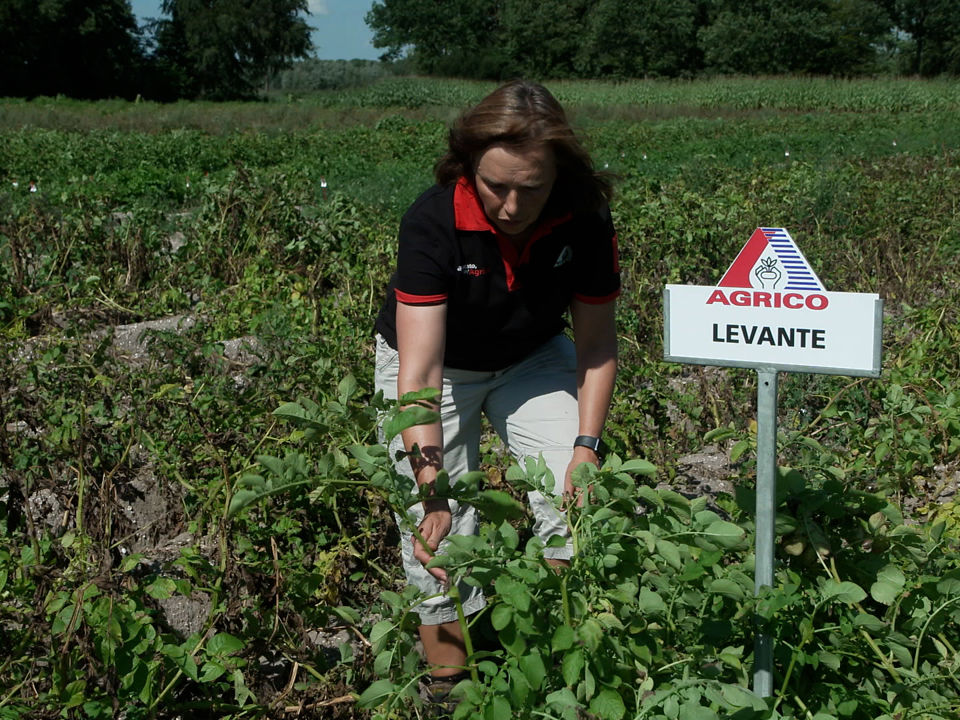
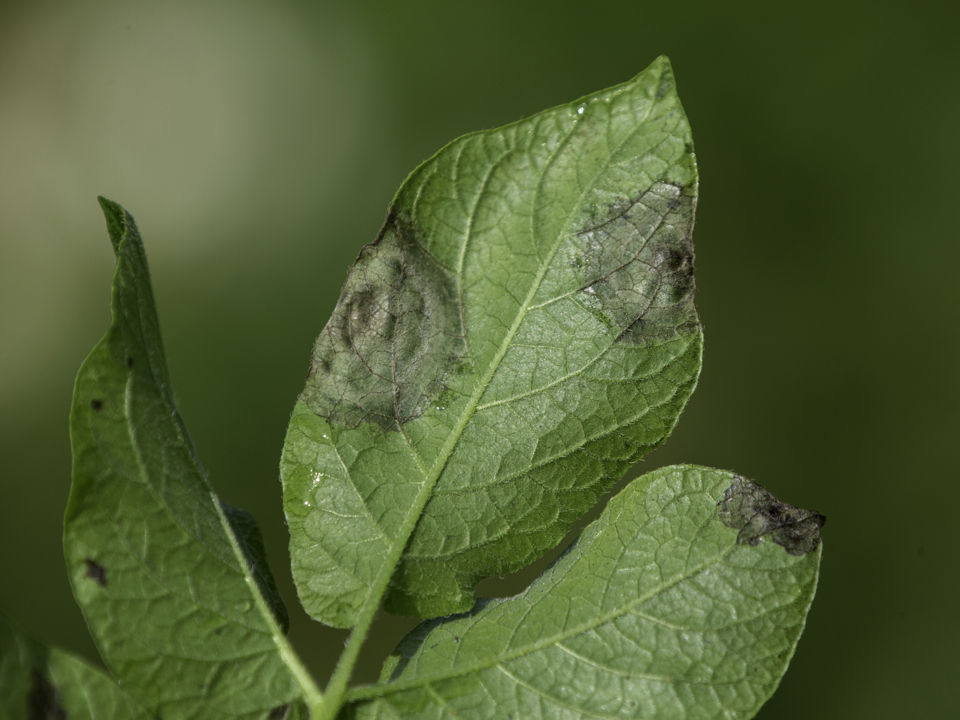
Strains and virulence
Since the 1970s, both mating types of late blight have been present in Europe1. Since 1845, when late blight first appeared in Europe, until the mid-1970s, only one mating type was present, referred to as the A1 type. During this period, sexual reproduction was not possible and late blight spread solely through zoospores, which presents as a grayish fuzz on the underside of infected leaves. Every zoospore is a genetic copy of the parental strain, which is why these are referred to as clonal strains. The original strain, which existed before the 1970s, was given the code US-1 and was found in both North America and Europe. In around 1980, it became clear that the second mating type, A2, had also emerged in Europe, making sexual reproduction of late blight possible. Sexual reproduction leads to the formation of oospores and, once these germinate, they give rise to new late blight strains that differ from one another and from their parental strains – much like siblings in a family. By chance, some oospores developed into highly vigorous and genetically new strains, which were able to spread successfully via their zoospores, as a clonal strain. Once established, these new clonal strains began to dominate, replacing the older US-1 strain. Meanwhile, the formation of other newer strains from oospores continues, but these strains rarely manage to compete with the highly vigorous clonal strains. Clonal strains that are repeatedly observed over multiple years and represent a significant portion of the population have been assigned identification codes. For example, consider the now prevalent strain EU_43_A1. This code shows that it is the 43rd dominant clonal strain identified in Europe and that it belongs to the A1 mating type.
During a period of widespread use of plant protection products containing the active ingredient fluazinam, surveys showed a steady increase in the presence of the EU_33_A2 strain. Laboratory tests later confirmed that this strain had a greater tolerance to fluazinam than other strains. When the use of fluazinam declined, EU_33_A2 almost disappeared from the scene and other clonal strains gained dominance.2 These findings for EU_33_A2 and the use of fluazinam suggest that late blight strains are apparently capable of undergoing genetic changes that make them tolerant, or less susceptible, to the active ingredients in fungicides. This characteristic, being tolerant to a fungicide, appears to have been acquired by the relevant strain and is passed on to all of its descendants, which are produced in large quantities via zoospores. Unfortunately, it is often assumed – without further distinction – that the same applies to a strain’s ability to overcome resistance in a Next Generation variety. In biology, the ability to overcome genetic resistance is referred to as virulence. Late blight is considered virulent against resistance gene X if it has the ability to evade recognition by that gene. As a result, the plant’s resistance response is not activated, allowing the pathogen to infect and damage the crop. By default, pathogens are avirulent. This means that they occur in a state that is recognized by resistance gene X, which in turn triggers an effective immune response in the plant, preventing the infection from becoming established. However, if a virulent spore lands on the leaf, it infects the plant, and we say the resistance has been “broken”.
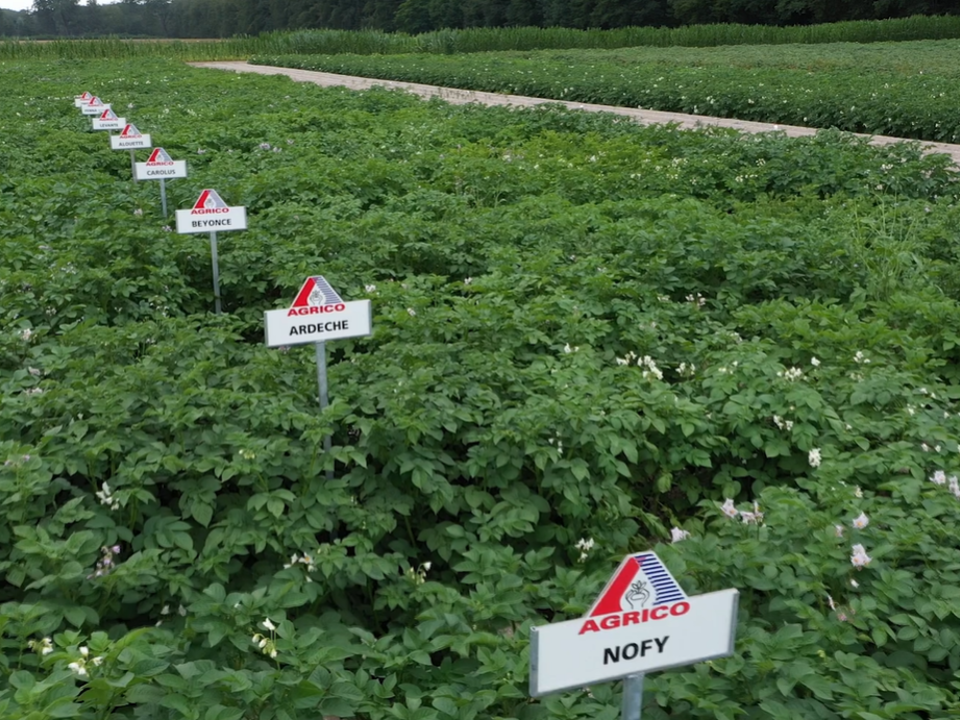
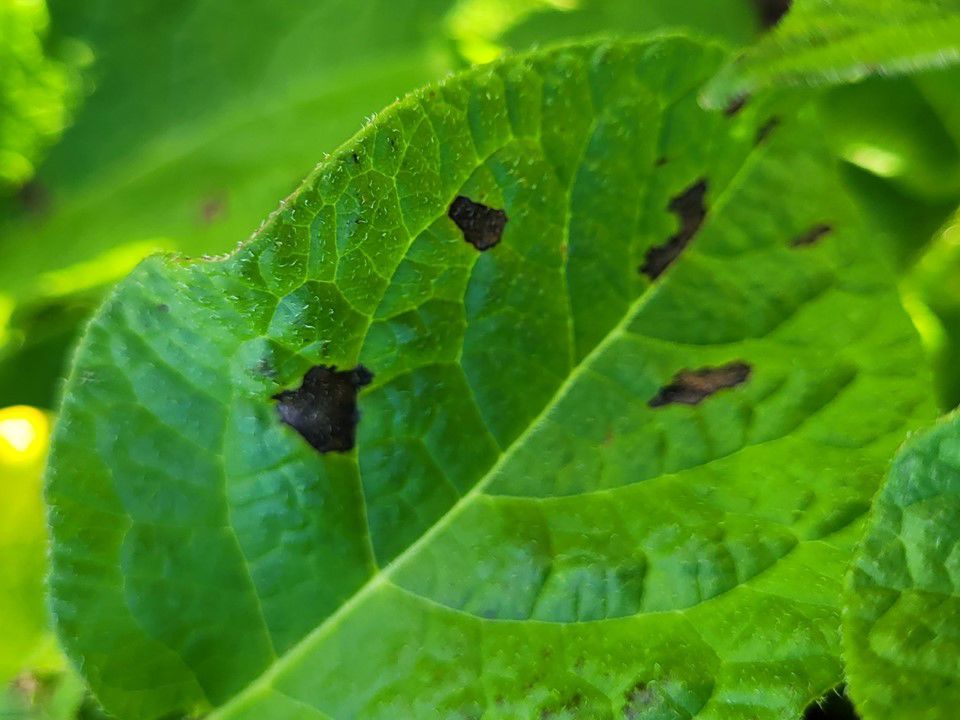
Broken resistance in Next Generation varieties
Both the development of tolerance to active ingredients in fungicides and the development of virulence against resistance genes in varieties, are rooted in genetic events within late blight strains. However, at a deeper biological level, these genetic events differ significantly in nature. We cannot go into detail here, but in essence, mutations that lead to tolerance to active ingredients in fungicides are rare, irreversible and linked to specific strains, such as in the example of EU_33_A2 which proved to be insensitive to fluazinam. In contrast, genetic events that lead to virulence in varieties with resistance genes occur frequently and are often (though not always) reversible, meaning a strain can shift from being virulent back to avirulent. Because mutations that lead to virulence and avirulence are so frequent, they are not associated with specific strains. Any strain can occur in all plausible variations, meaning it may or may not be able to break the resistance in varieties. That is why, as breeders at Agrico, we have no particular interest in the dynamics of the different coded strains. From our perspective, nothing fundamental has changed when the A2 mating type of late blight appeared in the 1970s. Even the old US-1 strain was capable of breaking resistance genes and many studies describe its significant variation in virulences6. So, when you read headlines in trade journals like “All known
potato varieties are susceptible to EU_43_ A17”, be aware that this typically means that some variants of EU_43_A1 can infect variety X and other variants of EU_43_A1 can infect variety Y. And yet, it’s entirely possible to find EU_43_A1 variants that cannot infect either variety X or variety Y.
A common misconception is that growing varieties with, for example, resistance gene X, actively encourages the emergence of virulence against that gene. It is often argued that this risk is greatest in organic farming, where late blight tolerance in the crop tends to be higher. The logic is that where more zoospores are allowed to form, the chances increase that through an extremely rare mutation, a variant may arise that is virulent. If such a virulent variant were to appear, it could then spread rapidly in an organic crop and, consequently, will dominate the airborne spore population in that area. As a result, resistance gene X as derived from a wild potato species and introduced in modern varieties through tedious breeding efforts, , would thus become “permanently useless”. For a high school student with biology classes, at first glance this seems to be a reasonable line of thinking. And it may perhaps also hold true for other plant-pathogen systems. However, in the case of late blight in potatoes, both scientific knowledge and field observations do not support this line of thinking. As breeders, both in the past and today, we have observed that virulent variants of late blight often appear already during the breeding process itself, long before resistance genes are present in commercial varieties or grown at any meaningful scale.
In 1966, two brand-new resistance genes were described in primitive breeding material. Yet, in a historical collection of late blight isolates, virulence against those genes was already widely present10. In countries like the United States, where almost no resistance genes have been used in varieties, the average amount of virulence factors in a random US isolate is an average of 8 or 9 out of a maximum of 11. Even in the complete absence of potatoes, on aseptic media in a petridish, cultures derived from individual zoospores are found to differ significantly from the parent culture in terms of their ability to either break resistance genes or be blocked by them. At DNA and gene level, we are increasingly beginning to understand how late blight achieves such a high degree of variability. Time and again, it proves challenging for those involved in the field to fully grasp (or accept) that resistant varieties exert little to no selection pressure on late blight and that newly introduced resistance genes are by no means always permanently lost or becoming useless if virulent variants are observed in crops. Many practical observations suggest that the occurrence of virulence is more a matter of chance – a game of probabilities – between a potato crop and late blight, with outcomes varying by year and location. Unfortunately, our scientific understanding of these dynamics in time and space remains, however, limited. It seems logical to assume that if a Next Generation variety was significantly affected in the previous season, and many latently infected tubers were left in the field, those could emerge as volunteer plants the following spring, potentially acting as a major source of infection for any variety carrying the same resistance gene. But the truth is, we simply don’t know. Nor do we know the size of the areas in which virulent late blight strains are prevalent within a season. This is precisely why we ask all growers to report on their observations in different varieties, particularly in case of Next Generation varieties, to our field service staff. This feedback helps us improve our understanding of the interaction between Next Generation varieties and the pathogen over the course of the seasons and allows us to integrate that knowledge into ongoing breeding programs.


Tin soldiers
This brings me to another common misconception: resistance genes are often portrayed as if they were lined up like tin soldiers – each one toppling in turn and, once they have fallen (here it is again), are rendered permanently useless. But not all resistance genes work in a way that leads to full resistance in varieties. Some provide no more than a level of resistance that is barely distinguishable from that of susceptible varieties. Moreover, resistance genes vary greatly in how frequently they are overcome by virulent strains in field settings. So here too, the reality is much more subtle than is often suggested.
The frequent occurrence of virulence, resulting in Next Generation varieties being infected, is not a reason for breeders to give in to defeat. On the contrary, there is a good reason to believe that when multiple resistance genes are combined in a single variety, such varieties will be less frequently and less widely affected by virulent late blight strains that emerge or are blown in as zoospores during a season. Over time, such varieties may prove increasingly resistant – even though they technically carry resistance genes that have already been “broken”. Unfortunately, we cannot yet predict which combinations of resistance genes will ultimately offer the most robust protection in practice and, for this reason, we are taking a broad approach.
Overly cautious
So, what can we realistically expect from the coming seasons, and how should growers approach the cultivation of current Next Generation varieties? As 2023 and 2024 turned out to be challenging, old-fashioned late blight years, and because concerns were raised about the effectiveness of certain plant protection products, some observers can’t resist being overly cautious. The question of whether disease prevalence in a current season has been influenced by the prevalence in a previous season has actually been properly investigated for the Netherlands17. When plotted across a 47-year timespan, there appeared to be no consistent correlation between late blight prevalence in a given year and the prevalence in the following year. Although statistical analysis technically found the effect to be significant, meteorological factors, such as the temperature and the number of days of rainfall, proved to be far more decisive in determining how severely late blight impacted potato growers in any given season.
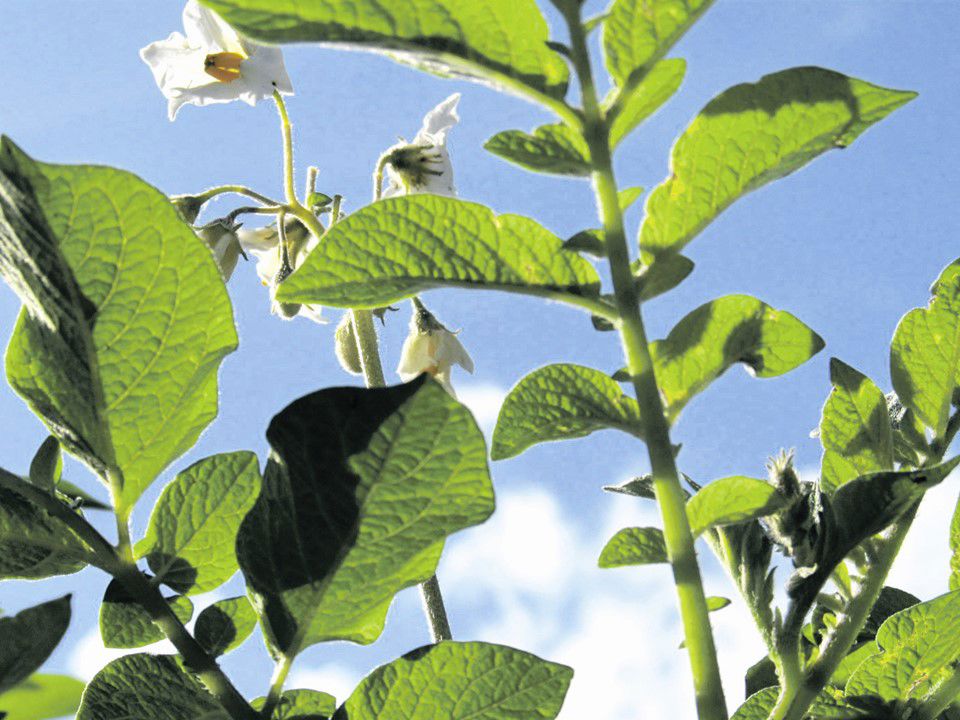
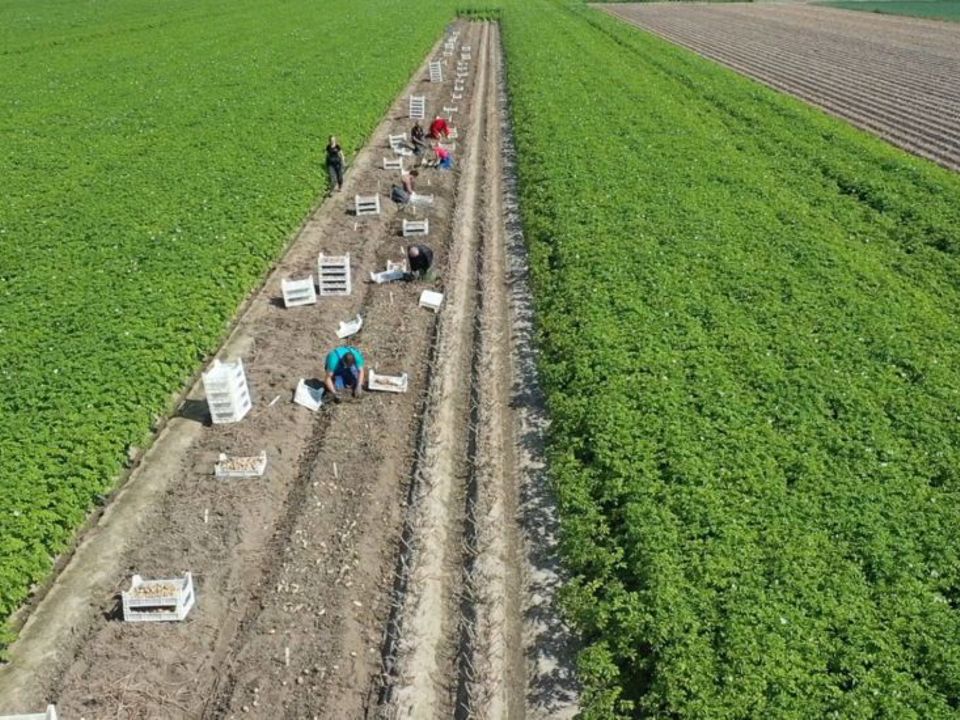
Advice
For organic growers, it is advisable to grow varieties with the “Next Generation” label, as these are currently the most resistant varieties we can offer. In addition, choosing varieties with different resistance genes is a smart way to spread risk across a farm. Pre-sprouting seed potatoes can also help slightly advance the growing season. Given the nature of organic farming, there is often little to do beyond making the best of the situation and flame desiccate the canopy promptly at the first signs of infection.
To assess how resistances in Next Generation varieties can be used effectively in conventional cultivation, Agrico has conducted field trials over the past six years in collaboration with Agrifirm. These trials have shown that it is best to benefit from these resistances early in the season. The principle is straightforward: let the resistance do its job until it is no longer able to. As soon as the first signs of infection or a localized outbreak are observed – either in your own field or in nearby fields with varieties carrying the same resistance gene – it is crucial to immediately apply fungicides, following the same spray schedule that would be used for susceptible varieties from that point onward. I recognize that the weakness of this recommendation lies in the time-consuming nature of field monitoring. Especially in weather conditions that favor infection, monitoring may need to be done more than once a week. For that reason, we once again encourage all growers – both conventional and organic – to report any infections observed in Next Generation varieties to our field service team. This will allow Agrico to monitor disease developments throughout the season and provide timely feedback to its growers.
A list of references is available for this article.
